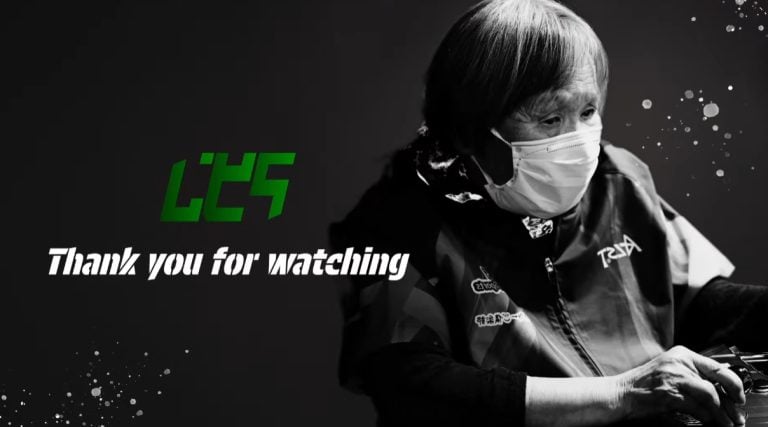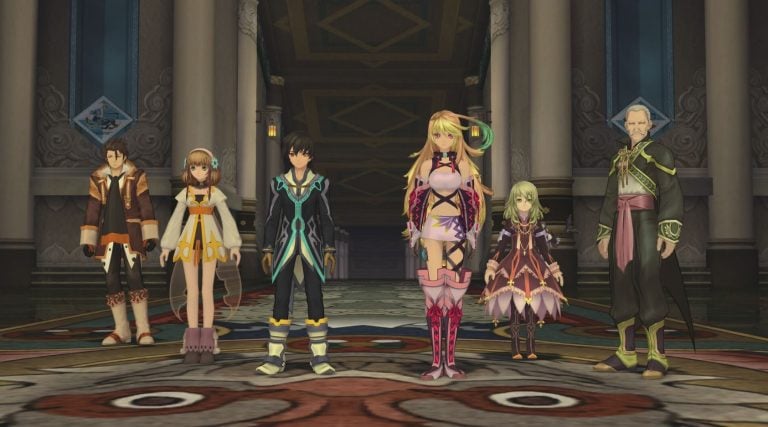With so many games published every year – especially in the indie sector – the oversaturation of the market and high speed at which content spreads online make it increasingly difficult for developers to make a profit nowadays. Prompted by a recent discussion on the topic over on the Japanese side of X, game designer Okuda Kaku shared his frustrations with the relationship between developers and content creators. He comments that games have in some cases become more profitable to streamers and content creators than to the actual game developers.
“A famous streamer played the game I made, but despite their stream getting hundreds of thousands of views in just one night, they didn’t include a link to my game in the video’s description, and it didn’t have any positive impact on the game’s sales. They just got a free ride from my game, make a quick buck and that’s it – This is what I’ve been experiencing lately, so I really wish something could be done about it. Seriously,” Okuda posted. Apparently, the live streamer in question had around 2 million subscribers at the time.
While acknowledging that there is nothing inherently wrong with people showcasing content to their audiences, interaction designer Takayuki Fukatsu suggested that the problem lies in social media platforms reinforcing a system which values quantity over quality. “In a society ruled by social media, it is way more cost and labor effective to do daily showcases of masterpieces that took 3 years to make, rather than working hard for 3 years to make a masterpiece yourself,” he posted, reflecting on the problem in a broader sense.
As a possible solution for this problem, he suggested that more livestream platforms should introduce a revenue sharing system whereby 5% of the money a content creator earns through streaming a game would go to its developers. However, he admits that this would be quite difficult to implement as there is no organization in the game industry that could back such an initiative yet (like how the Japanese Society for Rights of Authors, Composers and Publishers handles royalties and copyrights for Japanese musical artists).
While many people who watch game content creators are gamers themselves, a great portion of views also come from casual livestream enjoyers and people who do not consider themselves gamers – those who are less likely to buy any game in the first place. “As someone who would rather watch somebody else play a game that I can’t play myself, even if there is a link in the video’s description, it probably won’t make me buy the game. That’s exactly why developers should implement streaming fees for their games,” another user commented.
On a related note, a developer whose indie puzzle game recently became a huge hit in Japan, proposed a more optimistic idea on how livestreams and playthroughs could tie into boosting the sales of the game. According to developer Nama Takahashi, more content creators should split their game playthroughs or streams into short “episodes,” and upload them one by one over the course of a few days in order to create anticipation for “more” and motivate players to buy the game. This also helps prevent spoiling the whole experience as soon as the game releases.
However, these are only some hypothetical ways to get around the problem – not actual solutions. As social media has become an integral part of modern life, it’s extremely difficult to find a “perfect” middle ground that could benefit both content creators and game developers (and other creatives, by extension). But, like Fukatsu suggested, it will definitely become important to reevaluate these systems that favor quantity over quality – and putting such ideas into words might be the first step towards a more significant change.





